1.1 Introduction
There is something about technology that allows people and their computers to communicate with each other that makes networking a fascinating field, both technically and intellectually.
What is a network? It is a collection of computers (nodes) and transmission channels (links) that allow people to communicate over distances, large and small. A Bluetooth personal area network may simply connect your home PC with its peripherals. An undersea fiber optic cable may traverse an ocean. The Internet and telephone networks span the globe. Networks range in size from networks on chips to deep space networks.
The Internet has been developed over the past 45 years or so. The 1980s and 1990s saw the birth and growth of local area networks and SONET fiber networks. The 1990s and the early years of the new century have seen the development and expansion of WDM fiber multiplexing. New wireless standards continue to appear. Cloud computing and data centers are increasingly becoming a foundation of todays networking/computing world. Networking is also becoming more software oriented.
The books purpose is to give a concise overview of some major topics in networking. We now start with an introduction to the applied aspects of networking.
1.2 Achieving Connectivity
A variety of transmission methods, both wired and wireless, are available today to provide connectivity between computers, networks, and people. Wired transmission media include coaxial cable, twisted pair wiring, and fiber optics. Wireless technology includes microwave line of sight, satellites, cellular systems, ad hoc networks, and wireless sensor networks. We now review these media and technologies.
1.2.1 Coaxial Cable
This is the thick cable you may have in your house to connect your cable TV set-up box to the outside wiring plant. This type of cable has been around for many years and is a mature technology (Wikipedia). The coaxial cable was invented by Oliver Heaviside in 1880 and operates as a transmission line. The first transatlantic coaxial cable was deployed in 1956. While still popular for cable TV systems today, it was also a popular choice for wiring local area networks in the 1980s. It was used in the wiring of the original 10Mbps Ethernet.
A coaxial cable has four parts: a copper inner core, surrounded by insulating material, surrounded by a metallic outer conductor, finally surrounded by a plastic outer cover. Essentially in a coaxial cable, there are two wires (copper inner core and outer conductor) with one geometrically inside the other. This configuration reduces interference to/from the coaxial cable with respect to other nearby wires.
The bandwidth of a coaxial cable is on the order of 1GHz. How many bits per second can it carry? Modulation is used to match a digital stream to the spectrum carrying ability of the cable. Depending on the efficiency of the modulation scheme used, 1bps requires anywhere from 1/14 to 4Hz. For short distances, a coaxial cable may use 8 bits/Hz or carry 8Gbps.
There are also different types of coaxial cable. One with a 50

termination is used for digital transmissions. One with a 75

termination is used for analog transmissions or cable TV systems. The most frequently used coaxial cable for home television systems is RG-6.
A word is in order on cable TV systems. Such networks are locally wired as tree networks with the root node called the head end. At the head end, programming is brought in by fiber or satellite. From the head end cables (and possibly fiber) radiate out to homes. Amplifiers may be placed in this network when distances are large.
For many years, cable TV companies were interested in providing two way service. While early limited trials were generally not successful (except for Video on Demand), in recent years cable TV has winners in broadband access to the Internet and in carrying telephone traffic.
1.2.2 Twisted Pair Wiring
Coaxial cable is generally no longer used for wiring local area networks. One type of replacement wiring has been twisted pair. Twisted pair wiring typically had been previously used to wire phones to the telephone network. A twisted pair consists of two wires twisted together over their length. The twisted geometry reduces electromagnetic leakage (i.e., cross talk) with nearby wires. Twisted pairs can run several kilometers without the need for amplifiers. The quality of a twisted pair (carrying capacity) depends on the number of twists per inch.
About 1990, it became possible to send 10Mbps (for Ethernet) over unshielded twisted pair (UTP). Higher speeds are also possible if the cable and connector parameters are carefully implemented.
One type of unshielded twisted pair is category 3 UTP. It consists of four pairs of twisted pair surrounded by a sheath. It has a bandwidth of 16MHz. Many offices used to be wired with category 3 wiring.
Category 5 UTP has more twists per inch. Thus, it has a higher bandwidth (100MHz). Newer standards include category 6 versions (250MHz or more) and category 7 versions (600MHz or more). Category 8 at 16002000MHz for 40Gbps Ethernet is under development (Wikipedia).
The fact that twisted pair is lighter and thinner than coaxial cable has speeded its widespread acceptance.
1.2.3 Fiber Optics
Fiber optic cable consists of a silicon glass core that conducts light, rather than electricity as in coaxial cables and twisted pair wiring. The core is surrounded by cladding and then a plastic jacket.
Fiber optic cables have the highest data carrying capacity of any wired medium. A typical fiber has a capacity of 50Tbps (terabits per second or 50 1012 bits per second). In fact, this data rate for years has been much higher than the speed at which standard electronics could load the fiber. This mismatch between fiber speed and nodal electronics speed has been called the electronic bottleneck. Decades ago the situation was reversed, links were slow and nodes were relatively fast. This paradigm shift has led to a redesign of protocols.
There are two major types of fiber: multi-mode and single mode. Pulse shapes are more accurately preserved in single mode fiber, lending to a higher potential data rate. However, the cost of multi-mode and single mode fiber is comparable. The real difference in pricing is in the opto-electronics needed at each end of the fiber. One of the reasons multi-mode fibers have a lower performance is dispersion. Under dispersion, square digital pulses tend to spread out in time, thus lowering the potential data rate. Special pulse shapes (such as hyperbolic cosines) called solitons, that dispersion is minimized for, have been the subject of research.
Mechanical fiber connectors to connect two fibers can lose 10% of the light that the fiber carries. Fusing two ends of the fiber results in a smaller attenuation.
Fiber optic cables today span continents and are laid across the bottom of oceans between continents. Repeater distances are 70150km (Wikipedia). Fiber optics is also used by organizations to internally carry telephone, data, and video traffic.

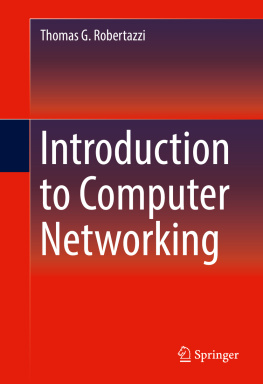
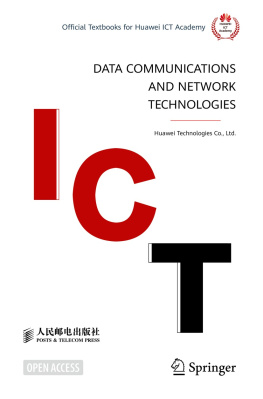
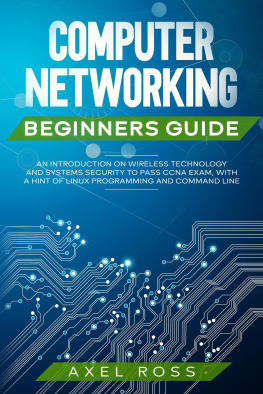
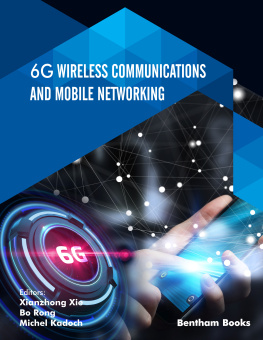

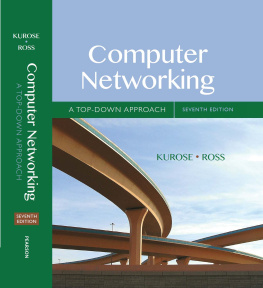
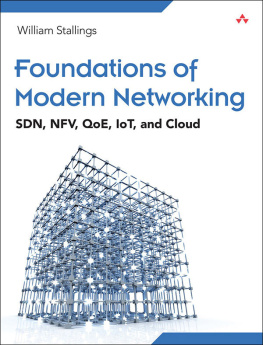
 termination is used for digital transmissions. One with a 75
termination is used for digital transmissions. One with a 75  termination is used for analog transmissions or cable TV systems. The most frequently used coaxial cable for home television systems is RG-6.
termination is used for analog transmissions or cable TV systems. The most frequently used coaxial cable for home television systems is RG-6.